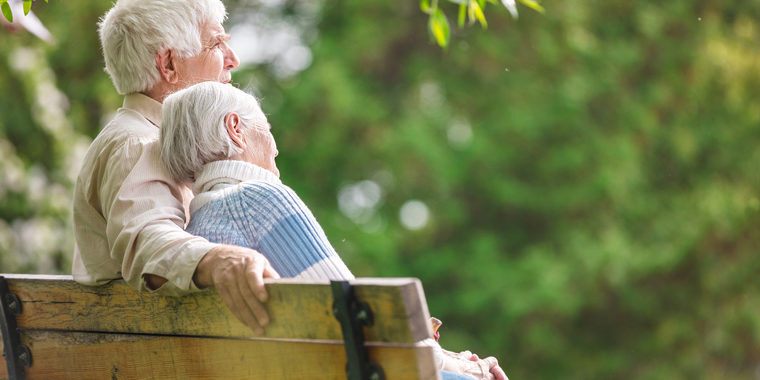At the end of November I was out for an impromptu dinner in a local restaurant. An elderly couple on another table caught my eye. I noticed them because they were wearing party hats. You know, the coloured paper ones you get in Christmas crackers.
For some reason I couldn’t explain, it brought tears to my eyes. I texted my daughter about it as I knew she would react in the same way and I wanted to share the experience.
Then it happened again. I witnessed an amazing act of kindness as a young carer gently accompanied a very joyful young guy with learning disabilities at a children’s Christmas show. Apparently they had been to see it 10 times. It felt like my heart squeezed a little as I observed the caring relationship between the two young men
These moments somewhat caught me by surprise. I began to reflect on the multitude of triggers I have and how they make me react in so many different ways. These happen on auto pilot, without my intervention or intention and it seems out of my control.
More so these days I notice I am less reactive and am most likely to react if someone pushes my buttons – in a negative way. So, I observed this instant deep-rooted desire to really want to know why something so loveable and cute touched my heart and made me cry.
So, I did what a lot of us do these days, when we want to find the answer to something immediately – I ‘Googled it’!!
Wikipedia informed me that this reaction is called dimorphous expression! It is also called cute aggression. This is when a superficial aggressive behaviour is caused by seeing something cute or touching. I have often wondered why I used to grit my teeth – almost in love – of my dog when he was alive and my grandson sometimes.
When I saw the list of hormones involved in this human phenomenon it got me thinking about how hard it is to be human. No wonder we get a little mixed up and triggered a lot of the time. And no wonder we so easily we develop habitual behaviours according to these responses.
According to Wikipedia – here are some of the hormones that get launched into our bodies when we cry from happiness and joy or if we see something adorably cute.
- Dopamine– released when engaging with an object that you perceive as cute, also released during aggression (neuronal reward system)
- Oxytocin– neuronal hormone and neurotransmitter that controls empathy and forms bonds with others
- Serotonin– regulates mood, social behaviours, and digestion
- Endorphins– involved in pain tolerance, associated with fight or flight stress response
- Cortisol– controls blood sugar levels, regulates metabolism
- Adrenaline– neurotransmitter involved in stress response, controls heart rate and sweat secretion amounts
I am writing this in a café in Lockerbie, having just spent a week at Samye Ling for the annual Mindfulness to Insight Retreat. My train has been cancelled. When I found out I was interested to see if my practice over the last week had made me react differently.
At first, I felt the total opposite of crying with happiness. I felt like crying with irritation and frustration. I could feel the cortisol and adrenalin kicking in. My heart was beating faster, and I felt a bit stressed. As soon as I noticed it, I was able to calm myself down using a self-compassion break which comes from our Mindfulness Level 2 – Responding with Compassion. It’s not my fault and at least I have the solace of a café to wait 2 hours for the next train. It’s no big deal really.
After indulging in some much needed ‘hygge’ (Scandinavian word for a sense of cosiness, comfort and wellness) in the café, I reflected on the teachings from the retreat. Choden and Heather guided the retreat members through a deep dive coverage of mindfulness and compassion practices, in preparation for those wanting to go on to do the Insight training.
I found it so useful going back to basics and revisiting some fundamental practices from the mindfulness and compassion training. It is useful to notice some of the habitual behaviours I have developed even with my practice itself and despite my practice.
During the retreat Choden led a session on the nature of the mind and the evolutionary model of the mind which comes from teachings by Paul Gilbert. Choden reminded us of the three circles of activity and emotion we tend to occupy within our minds – Threat (feelings of anger and anxiety), Drive (feelings of wanting and pursuing) and Soothe (feelings of being cared for, safety and content).
The complexity is that our brains don’t always know the difference between positive and negative emotions. It is suggested that crying is a social cue to others for comfort and kindness. Crying induces a happier feeling and activates soothing hormones in the brain. This is similar to inducing the soothing affiliation system in the brain using compassion practice.
Compassion practices such as the self-compassion break, Loving Kindness and compassionate imagery help us create balance by allowing ourselves to spend more time in the soothing system. And it seems that crying in response to a negative or positive emotion takes us there too.
The lesson in this for me was all about the power of our minds and the power of compassion and kindness. And I set an intention to be kind to others, especially during the festive season, when it is easy for us to be thrown out of kilter by what can be an extraordinarily emotive month.
Weekly Challenge
This week’s challenge is to identify times when you have an emotional response to happiness or sadness. Times when you feel like crying in response to some cuteness, beauty, kindness or sadness. Notice how it makes you feel and recognise, with self compassion, how we are all at the mercy of the evolution and habitual patterns of our brains.
Krishnamurti says the ‘seeing is the doing’. So once you notice what’s going on – noticing what’s happening while it’s happening, I invite you to bring in some compassion for this being human and revisit your mindfulness and compassion practice and notice what happens.
I would love to hear your comments after this post, or email me at membership@mindfulnessassociation.net
Warmest wishes
Jacky
Jacky will be co-teaching Level 1 – Being Present with Alan Hughes at Samye Ling 13 – 15 March 2020 and on the Mindfulness Level 2 – Responding with Compassion 2020.
We’d love to see you there.
Jacky has contributed a chapter to the Mindful Heroes Book entitled “Turning Empathic Distress into Compassion – A Hero’s Journey for Family Carers”. You can hear an extract from the chapter where she talks about the results of her MSc Studies in Mindfulness on Compassion & Family Carers. You can download a free sample of Jacky’s chapter here.


